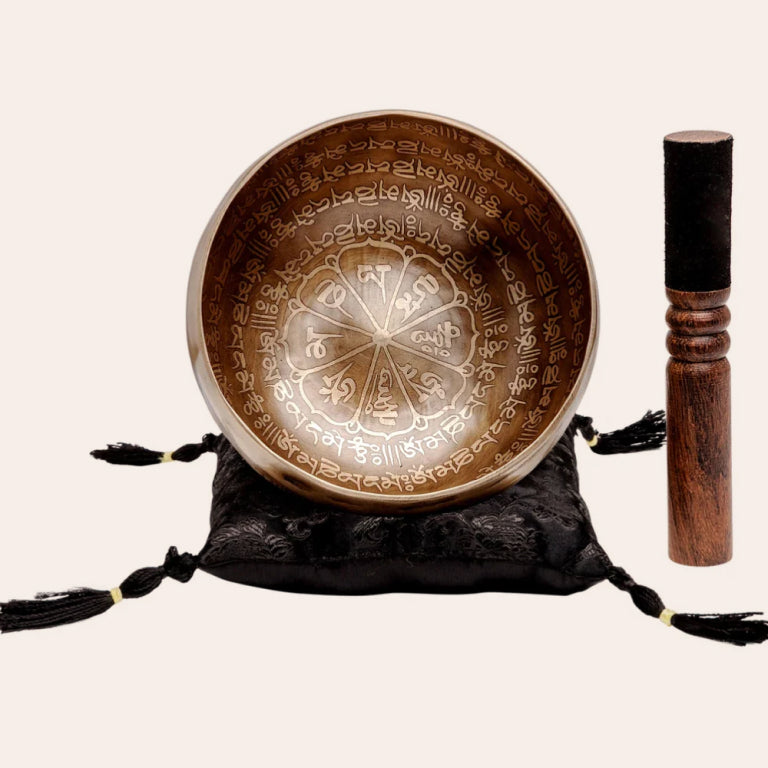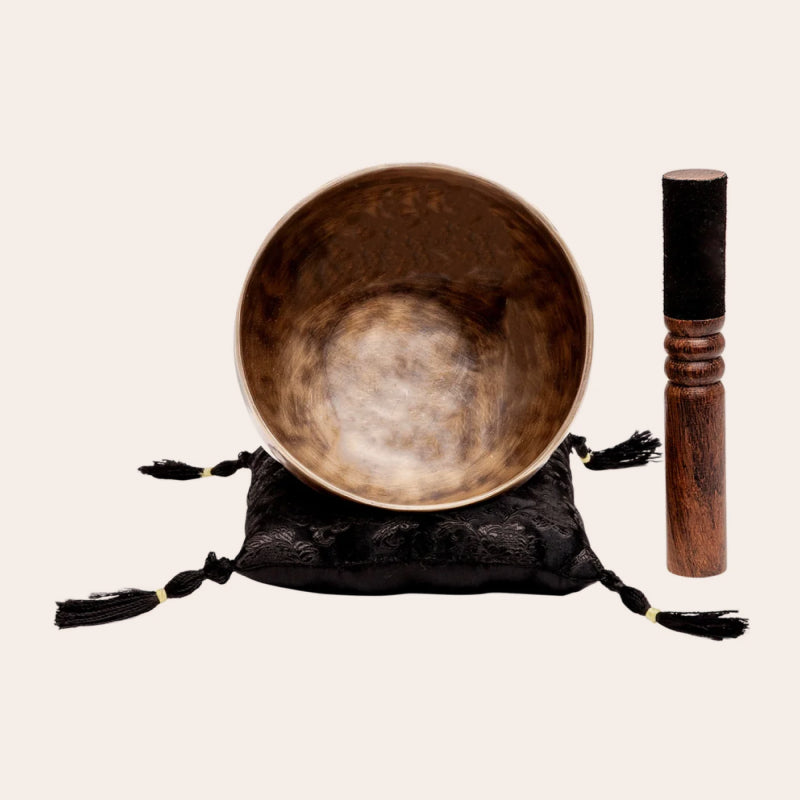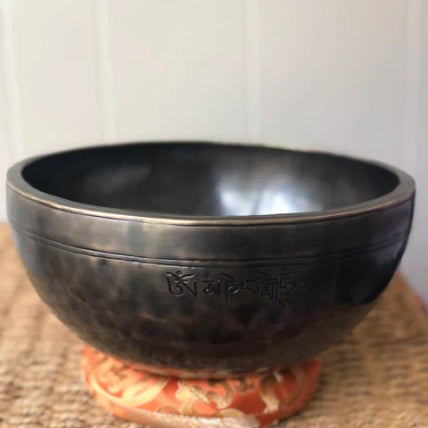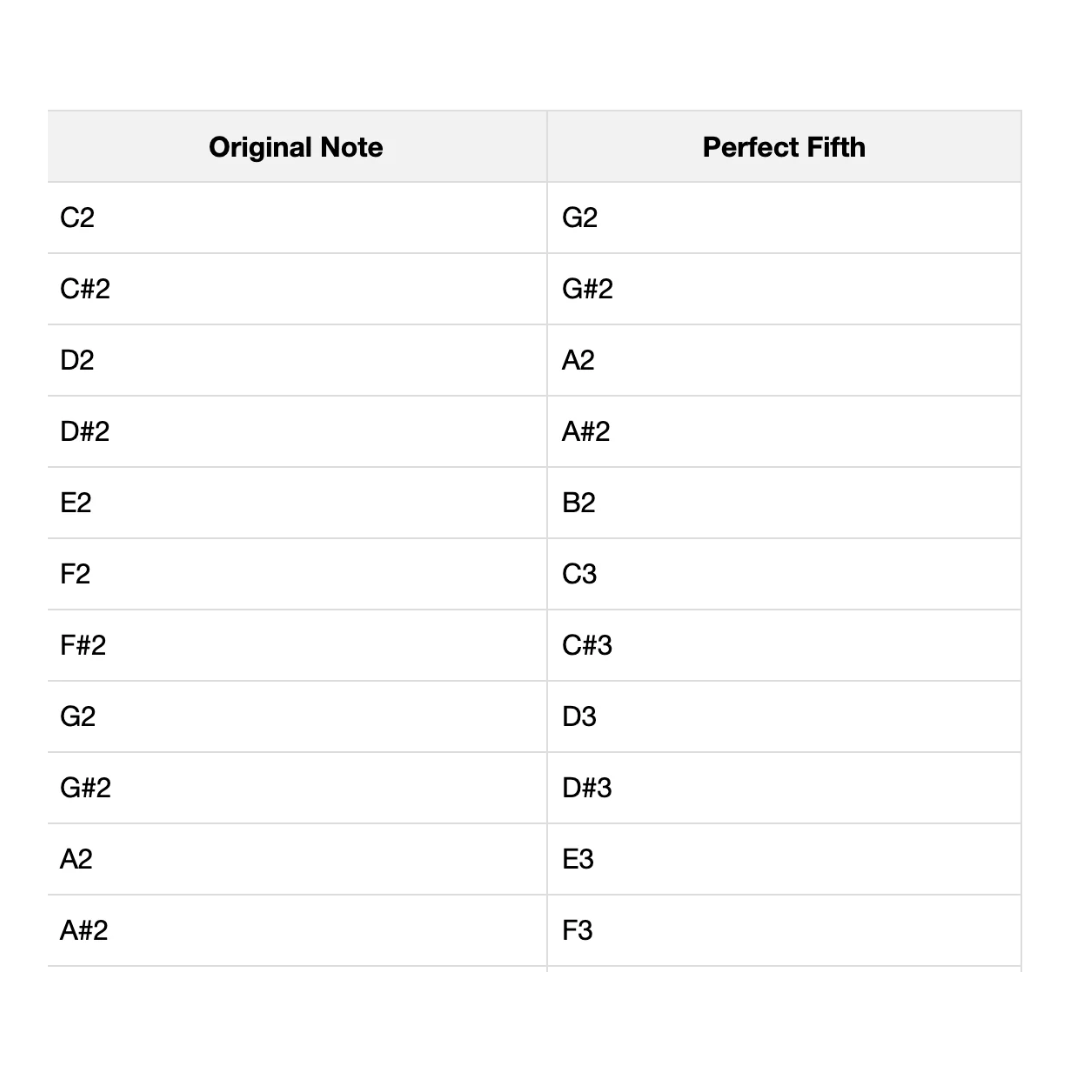There is a lot of talk about the idea of 432 versus 440 tuning, particularly in the world of singing bowls.
You've likely heard some of the debate between 432 Hz and 440 Hz tuning, and perhaps even some of the deeper stories on how there's a conspiracy behind these tuning paradigms.
We're here to set the record straight about what the difference between these tunings are, and how this debate applies to handmade Tibetan singing bowls...
Does it?
The answer is—it doesn't, at least not in the way many people might think.
Let's explore this further, and begin with some of the foundational concepts. This article is for you, even if you have no musical background!
What Are 432 Hz and 440 Hz Tuning?
Before we go any further, let’s break down what we mean by 432 Hz and 440 Hz tuning.
The tuning standard of 440 or 432, simply is a matter of how we "get a baseline" for tuning a particular instrument.
It's a bit like asking -- how are we going to measure something, in inches or centimers? It gives us a way to measure sound, in frequency (vibrations per second).
440 Hz is the current standard pitch used for tuning most musical instruments, particularly the note A above middle C, which is commonly known as "A4."
So, if you’re playing a piano tuned to 440 Hz, when you hit the A4 key, the sound produced vibrates at 440 times per second.
The Historical and Cultural Debate
Some people advocate for 432 Hz tuning because they believe it is more aligned with the natural world. They argue that music tuned to 432 Hz is softer, clearer, and more in harmony with the Earth’s frequency, making it more calming and spiritually uplifting.
On the other hand, 440 Hz tuning became the standard in the mid-20th century and is widely used today. This tuning is practical and standardized, allowing musicians around the world to play together without having to retune their instruments.
Handmade Tibetan Singing Bowls: A Different Story
Here’s where things get interesting—and a bit different—when we talk about handmade Tibetan singing bowls.
1. The Nature of Handmade Singing Bowls
Unlike instruments like pianos or guitars that are precisely tuned to specific frequencies, handmade Tibetan singing bowls are crafted through an ancient and organic process -- made from discs of bronze, held and hammered over fire.
The process is more about art and tradition than precision engineering.
-
Unpredictable Frequencies: The exact frequency or pitch of a Tibetan singing bowl is not predetermined. The craftsmen don’t (and can't) set out to make a bowl that vibrates exactly at 184 Hz or 398 Hz. Instead, the frequency of each bowl is discovered only after it’s been made, as a natural outcome of its size, shape, thickness, and the metal composition used.
-
Each Bowl is Unique: Every singing bowl has its own unique sound. This sound can vary slightly even between bowls that look almost identical. The bowl’s frequency is part of its character, much like a fingerprint, making it a one-of-a-kind instrument.
2. Why Tuning Paradigms Can Be Misleading
When people ask whether a Tibetan singing bowl is tuned to 432 Hz or 440 Hz, they’re applying a concept that doesn’t quite fit. Here’s why:
-
Irrelevance of Standard Tuning: In the world of handmade Tibetan singing bowls, the idea of tuning a bowl to a specific tuning paradigm, like 432 Hz or 440 Hz is not really applicable. The bowl’s frequency is what it is, determined by the natural materials and the traditional crafting process. It’s not something that can be engineered or manipulated with precision.
-
Natural Resonance: The beauty of a singing bowl lies in its resonance—the way it vibrates and produces sound when played. This resonance is unique to each bowl, and while its frequency can be measured and compared to standard musical pitches, this doesn’t change the inherent quality or character of the sound.
3. Translating Between 432 Hz and 440 Hz
If you’re someone who is particularly interested in the 432 Hz vs. 440 Hz debate, it’s important to understand that the difference between these two tunings is subtle and relative.
-
Relative Pitch: The difference between 432 Hz and 440 Hz tuning is about 8 Hz, which is a small difference. If a bowl’s fundamental frequency is measured to be near a certain note in 440 Hz tuning, it can be translated or recalculated to its equivalent in 432 Hz tuning. However, this translation is more about shifting our perception than changing the actual sound of the bowl.
-
Example of Translation: Let’s say you have a singing bowl that resonates at a frequency of 440 Hz, which corresponds to the note A4 in standard tuning. If you were to translate this frequency to 432 Hz tuning, it would correspond to approximately 432 Hz * (440/432) ≈ 440 Hz * 0.98182 ≈ 432.38 Hz. However, this recalculation doesn’t alter the sound of the bowl—it remains the same.
4. The Real Value of a Singing Bowl
The real value of a Tibetan singing bowl isn’t in whether it matches a specific frequency like 432 Hz or 440 Hz. It’s in how the bowl resonates with you—both literally and metaphorically.
-
Personal Connection: The most important thing is how the sound of the bowl makes you feel. Does it calm you? Does it help you focus during meditation? Does it create a sense of peace and harmony within you? These are the questions that matter, far more than whether the bowl is tuned to a specific frequency.
-
Embracing the Unique Voice: Each handmade singing bowl has a voice of its own. Whether that voice aligns with 432 Hz, 440 Hz, or any other frequency, it’s the connection you feel with the bowl that truly makes it special.
Conclusion: Focus on the Experience, Not the Numbers
While the 432 Hz vs. 440 Hz tuning debate may be relevant for some instruments, it’s not something that should concern you when choosing a handmade Tibetan singing bowl. The frequency of a bowl is a natural part of its character, discovered after the fact rather than engineered from the start.
What matters most is the experience you have with the bowl—the way it sounds, the way it feels, and the way it resonates with you. So, when you listen to your singing bowl, embrace its unique voice, and let go of the need to fit it into any particular tuning paradigm.










